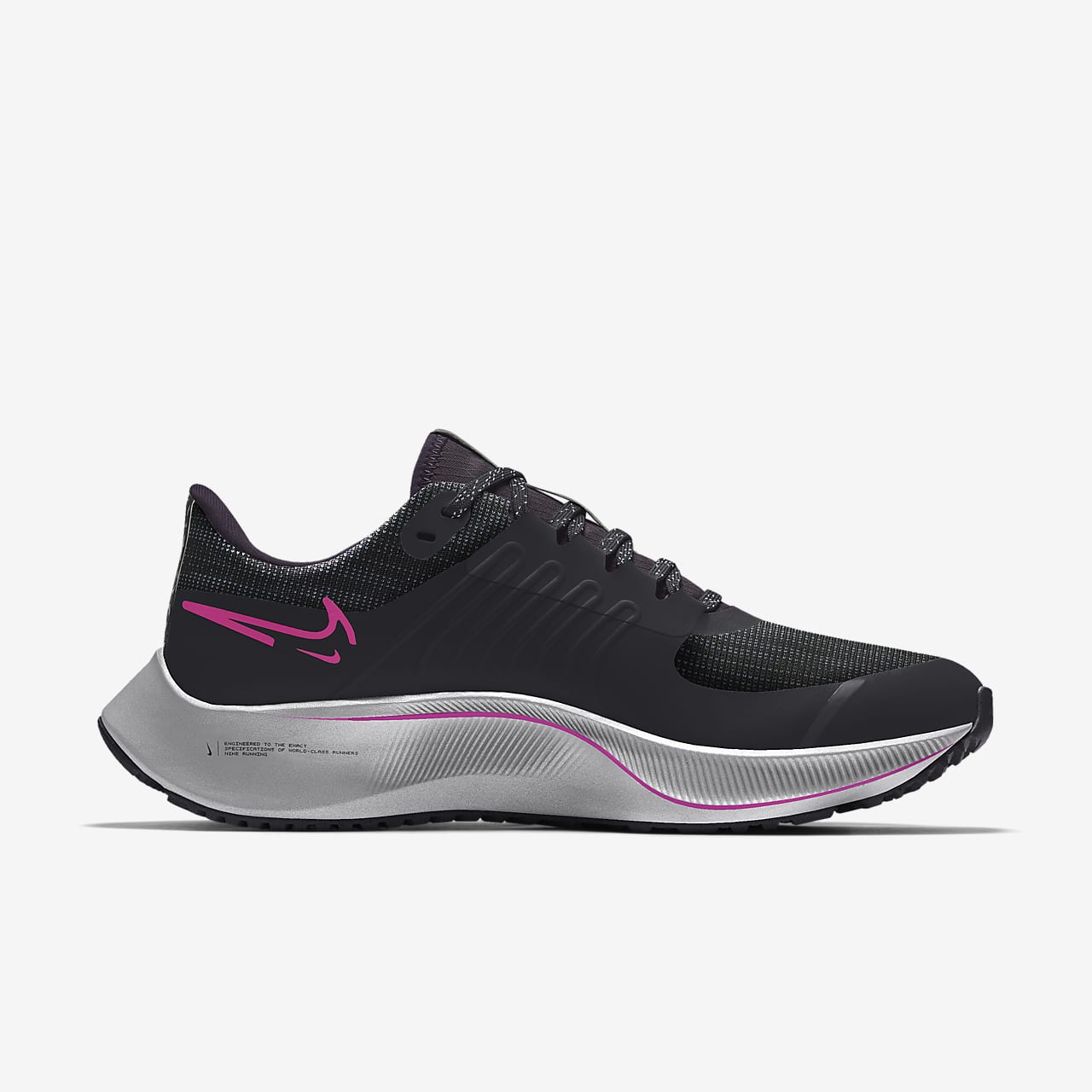

It’s got adequate ride comfort for daily winter runs and endurance sessions alike. The Pegasus 38 Shield’s well-rounded ride manners are versatile enough for many use cases. Off-road use will quickly clog the outsole, so you’re better served with a road-trail hybrid like the Pegasus Trail 3. The closely-spaced lugs also mean that the Pegasus 38 Shield is strictly a road shoe. Like any other rubber outsole, ice and snow-covered surfaces are to be avoided the Storm-Tread is of little use under those circumstances.

The Nike Storm-Tread outsole has an excellent grip on wet roads. The Storm-Tread outsole is useless on ice, so spikes are recommended. The only drawback is the abysmally low level of reflectivity, which is strange for a running shoe that’s intended for the darker months. The upper does a respectable job of blocking the water and cold, and the outsole grip is a cut above the rest. Though competing brands like adidas, Asics, Brooks, and Saucony sell winterized versions of their popular models, the Nike Pegasus 38 Shield is our favorite winter-running shoe. It’s cushioned, protective, durable, and has an accommodating fit that will take even thick wool running socks. Out of the three, the Pegasus Shield offers the best balance between different performance traits.

However, that’s not always the case.įor the 2021-22 season, Nike sells three Shield models – the Pegasus 38, React Miler 2, and Winflo 8. Lastly, the Shield collection is supposed to be more reflective than a comparable non-Shield shoe. The outsole material and geometry are also repurposed to meet the traction requirements for wet roads. Two, the mesh shell is supposed to keep the feet warm during the colder months. Ironically, reflectivity (represented by the graphic that resembles squiggly germs) is nearly absent on the Pegasus Shield.įirstly, the upper is highly water-resistant. The graphic on the footbed is suggestive of Nike Shield’s feature-set.


 0 kommentar(er)
0 kommentar(er)
